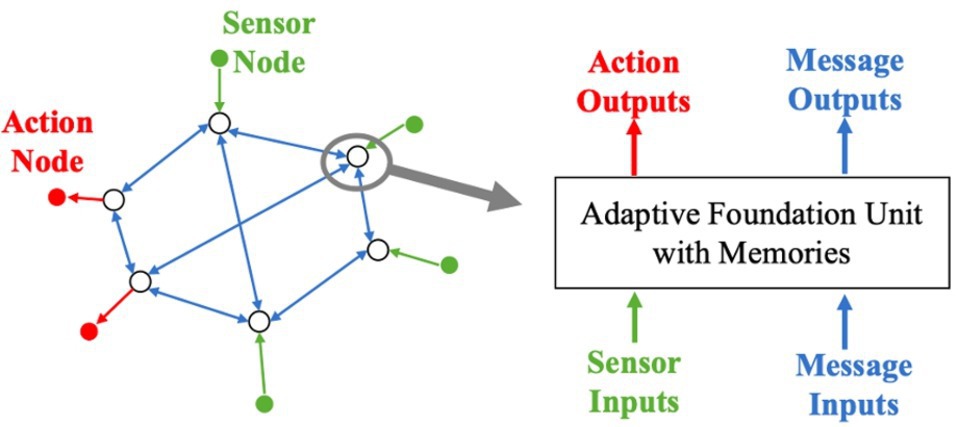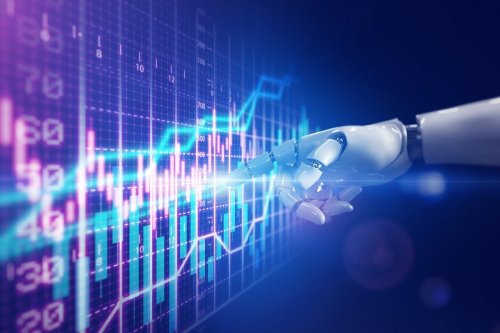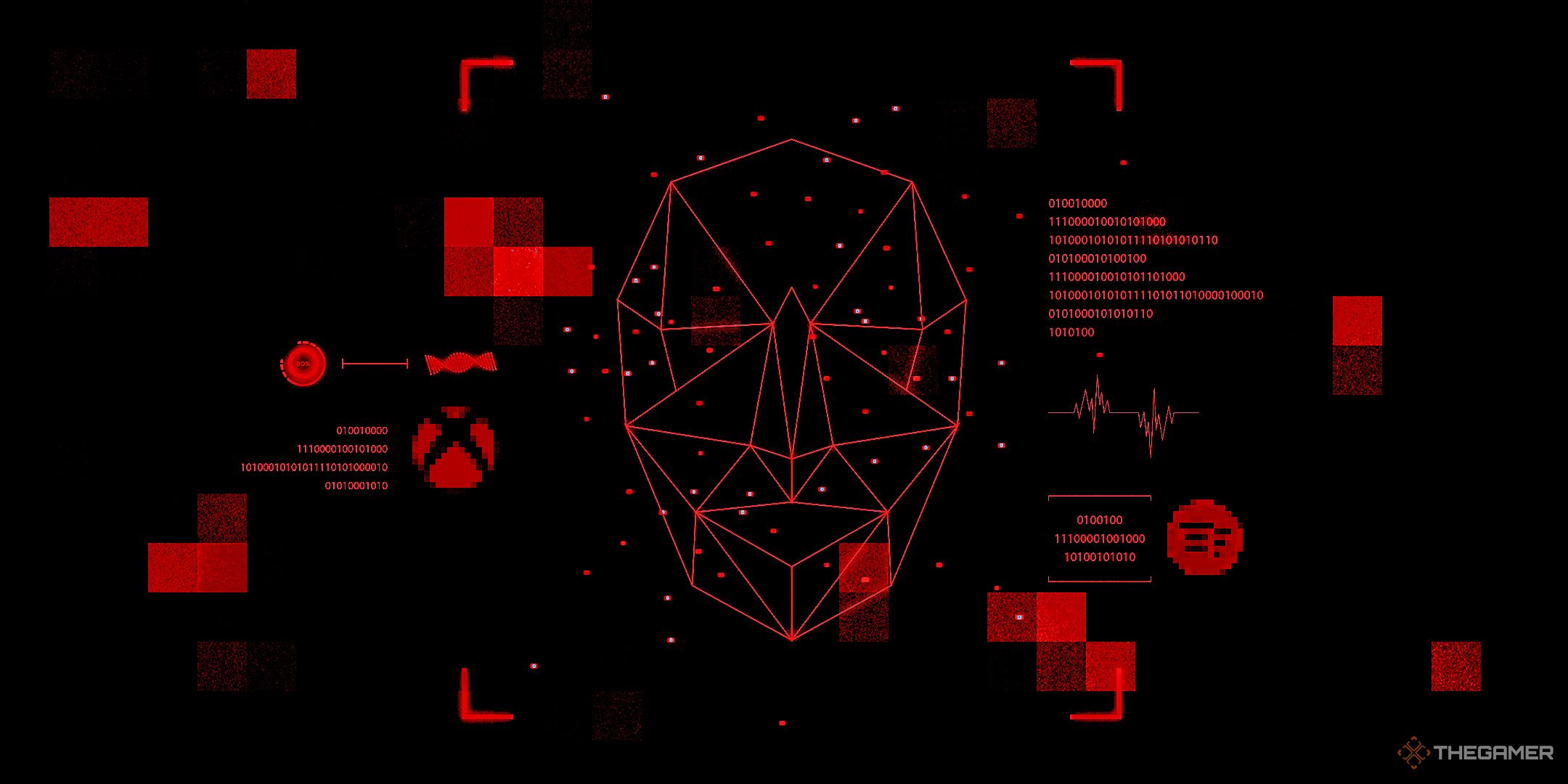L'IA Environnementale Incarnée : Révolutionner l'Interaction entre Systèmes Intelligents et Environnement
L'Intelligence Artificielle Environnementale Incarnée (Environmental Embodied AI) représente une avancée majeure dans la création d'agents virtuels capables d'interagir intelligemment avec leur environnement. Ces systèmes apprennent en temps réel grâce aux données capteurs, adaptant leurs comportements pour optimiser les ressources, améliorer l'efficacité énergétique et promouvoir la durabilité. Contrairement aux systèmes d'IA incarnée traditionnels axés sur la robotique, cette technologie se concentre sur des applications non robotiques, influençant directement les états physiques et opérationnels des environnements.
Définition et Portée L'IA Environnementale Incarnée désigne des agents virtuels intelligents capables de percevoir, d'apprendre et d'interagir avec leur environnement via des capteurs. Ces systèmes peuvent modifier des éléments comme l'éclairage, la température ou le son pour atteindre des objectifs précis tels que l'optimisation des ressources ou la réduction de l'empreinte écologique. Leur capacité à analyser les données environnementales et à s'adapter dynamiquement en fait des outils essentiels pour des pratiques durables.
Applications Potentielles Dans l'agriculture intelligente, ces agents utilisent des réseaux de capteurs et des images drones pour surveiller la santé des cultures et gérer l'irrigation avec précision. En surveillance environnementale, ils détectent les pollutions et coordonnent les réponses aux catastrophes naturelles. Pour les bâtiments intelligents, ils optimisent la ventilation et la consommation énergétique, améliorant ainsi le confort et la durabilité opérationnelle.
Adaptation Collective par Graphes La clé de ces applications réside dans l'Adaptation Collective, une technologie permettant aux agents de coordonner leurs actions de manière décentralisée. Inspirée des comportements auto-organisés des essaims naturels, cette approche est idéale pour gérer des systèmes complexes comme les réseaux électriques ou les flux de trafic, offrant ainsi une gestion scalable et robuste.






